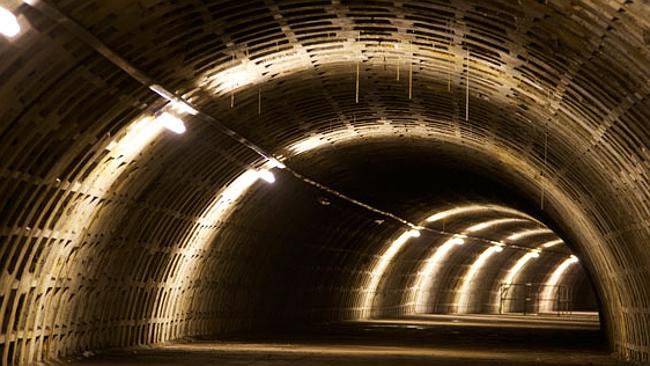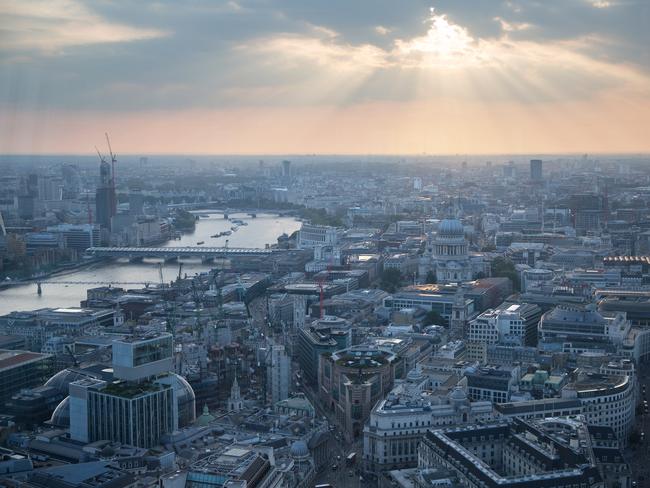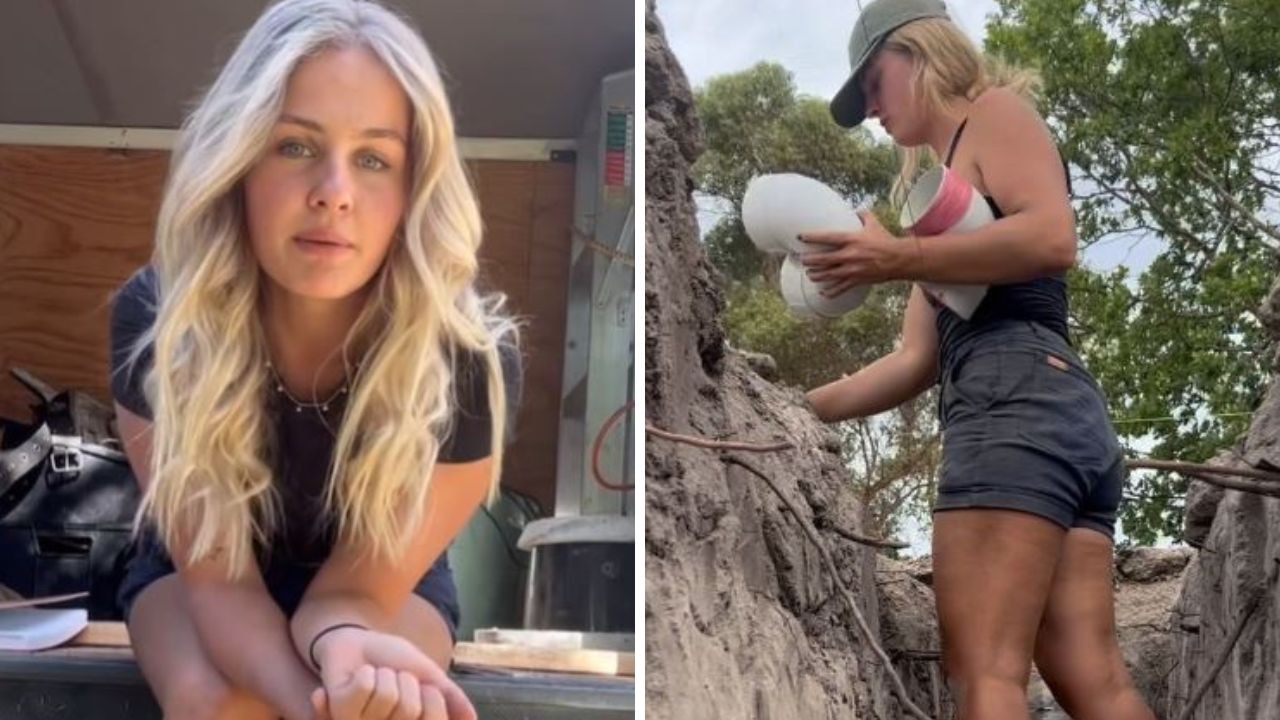Underground cities are the future of business
WOULD you live in a ‘skyscraper’ 300 metres underground? Or go to work in an abandoned subway station? It’s not science fiction.

IT’S official. We are running out of room. To live, that is.
With over 80% of the world’s population projected to live in cities by the end of the century, subterranean development has become a critical facet of efforts to sustain growth.
In a 2013 report, the US National Research Council suggested that “facilities underground may be the most successful way to encourage or support the redirection of urban development into sustainable patterns.”
In other words, we could all be living and working down below in a decade.
Think that seems unbelievable? Well, it’s already happening.

In recent years, Mexico City has sought to address its overcrowding with a 300-meter deep ‘Earthscraper’ to accommodate retail, housing and cultural attractions.
New York’s ‘Lowline Project’ is an audacious attempt to create the world’s first underground park, slated for a 2018 opening powered by innovative solar technology that would support the growth of plants deep below the surface.
Finnish capital Helsinki has taken the concept furthest, getting around its space limitations with strategic ‘Underground City Plan’. Features include leisure centres and shopping malls, along with much of the infrastructure, such as roads and data centres.
And London is leading the global push, seeking to transform its abandoned tube stations into a powerhouse of urban development.
The Old London Underground Company has plans to develop 26 sites in London with an estimated value of £3.6 billion (AUD$6.5 billion) into retail parks, entertainment centres, offices and cultural experiences.
“You can operate 24 hours a day underground,” says ex-banker Ajit Chambers, 41, who is leading a campaign to push the ghost stations into service. “Workers could come and go at any time without worrying about the noise.”

Five years after beginning the planning process, the entrepreneur believes his vision is on the verge of reality. A single site — Down Street station — has undergone extensive assessments for logistics and safety, and Chambers claims that Transport for London (TfL) have assured him it will be converted and opened to the public in 2015.
Development would make use of the city’s cultural capital. Previously a World War Two bomb shelter, Down Street also accommodated wartime Prime Minister Winston Churchill’s private apartments, Chambers intends to make the site a tourist attraction based on its history and according to his figures, it would return a profit within three years.
The entrepreneur believes this would be a breakthrough to herald mass-scale development.
“The value is the model,” he says. “There are billions in these properties that need to go to market. We are launching a new sector.”

“(Underground living) is absolutely a growth area,” says Mark Hansford, editor of the New Civil Engineer. “All the businesses we talk to anticipate growth in construction of ever deeper underground spaces. In London a growing number of properties are three or four stories deep. With so little space there has to be new ways to make use of it.”
Hanford says that technology has played a role, with the development of self-supporting concrete, and 3D computational modelling that allows architects to plan at ever-greater depths with minimised risk.
“There has been development of skill in underground tunnelling that gives confidence to clients now, that projects will be built on time and budget,” says Hansford.
Hansford adds that energy costs could be significantly lowered through the warmer atmosphere underground, another inducement for potential occupants.
For the future of business, the only way is down.
So what do you think of living and working underground? Is this something Australia should invest in?

This article originally appeared on CNN and was republished with permission.



